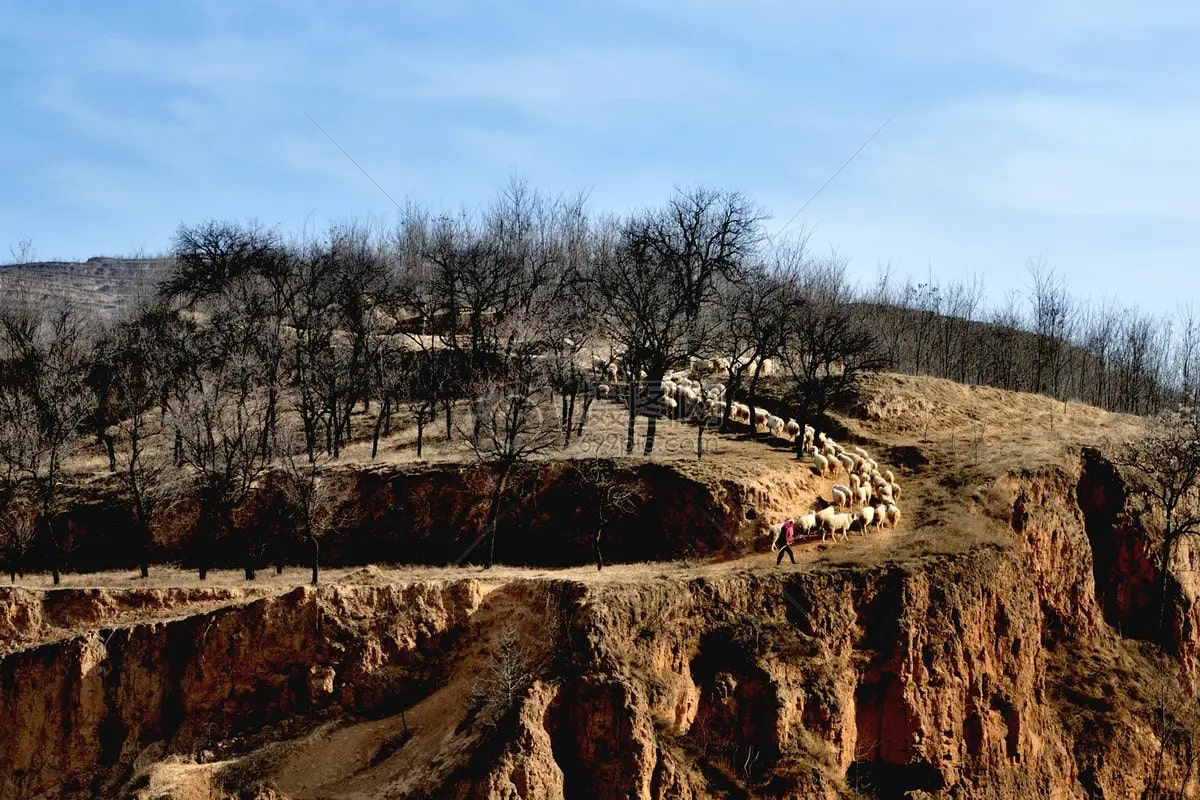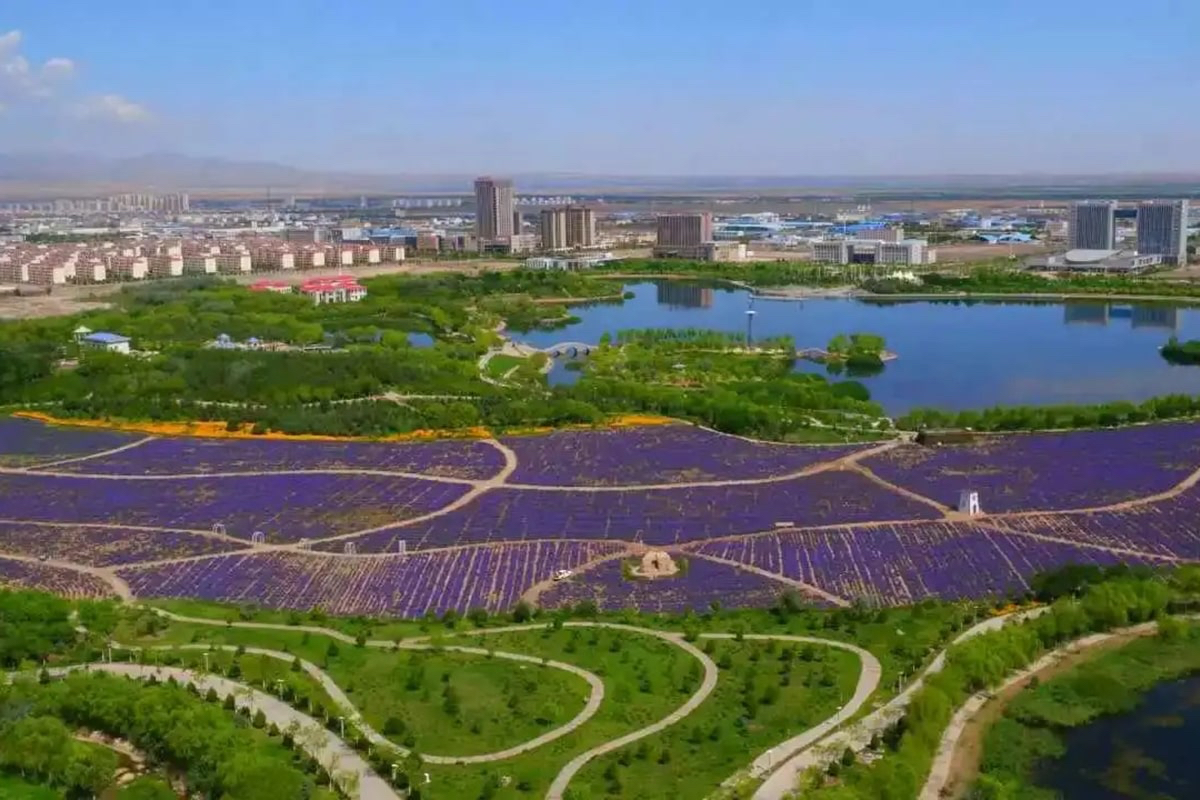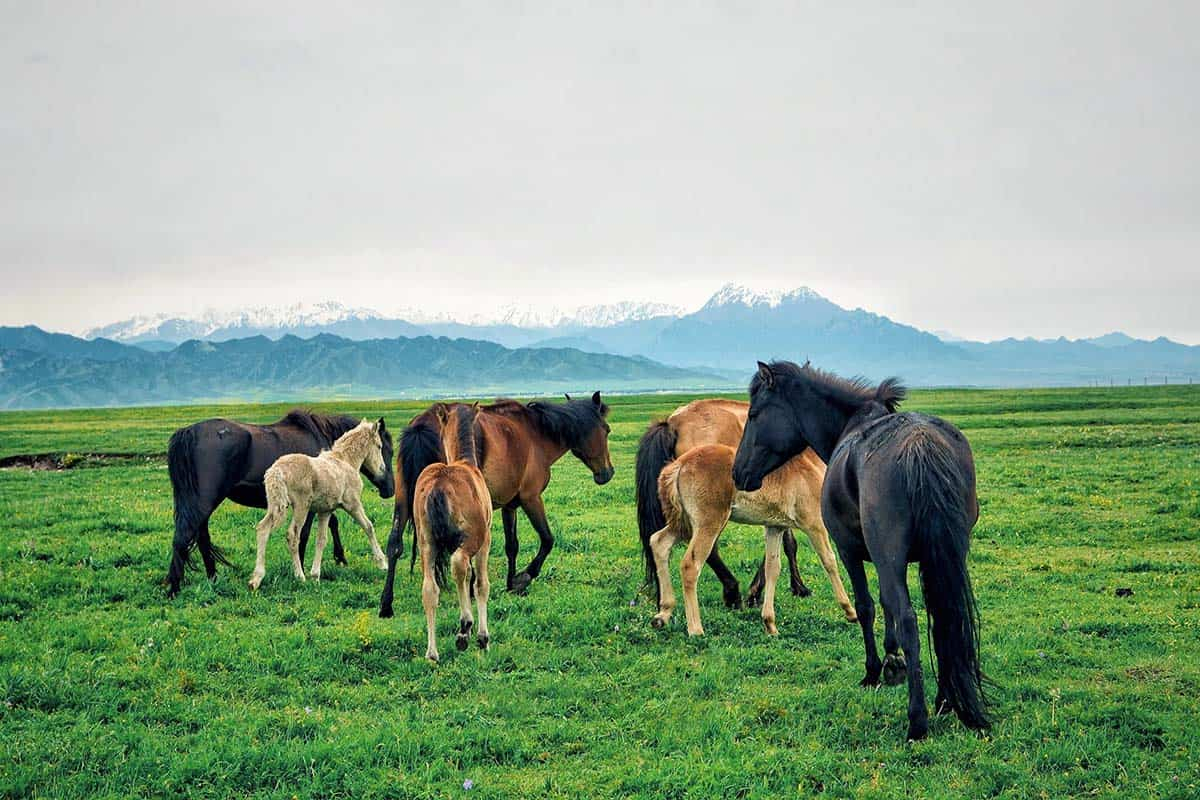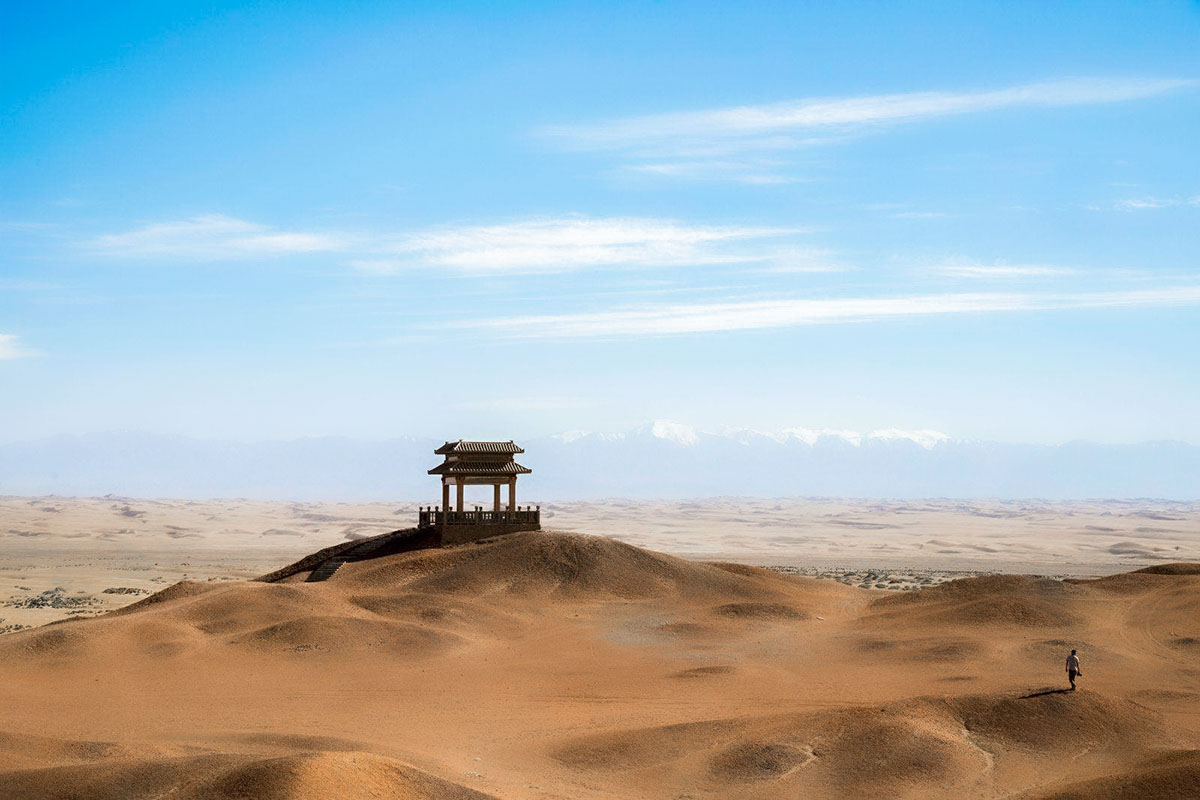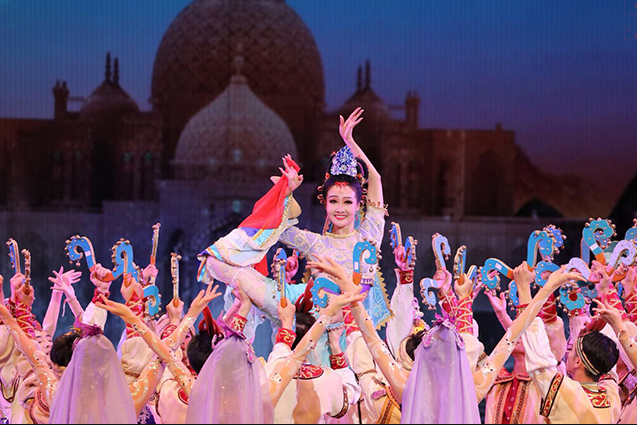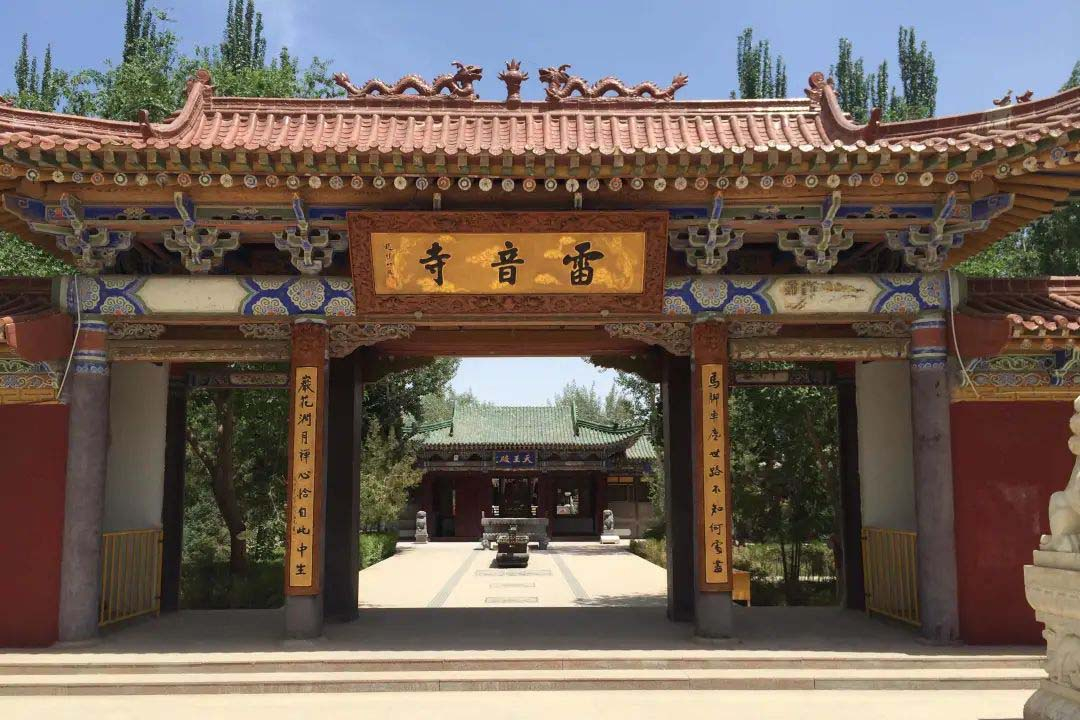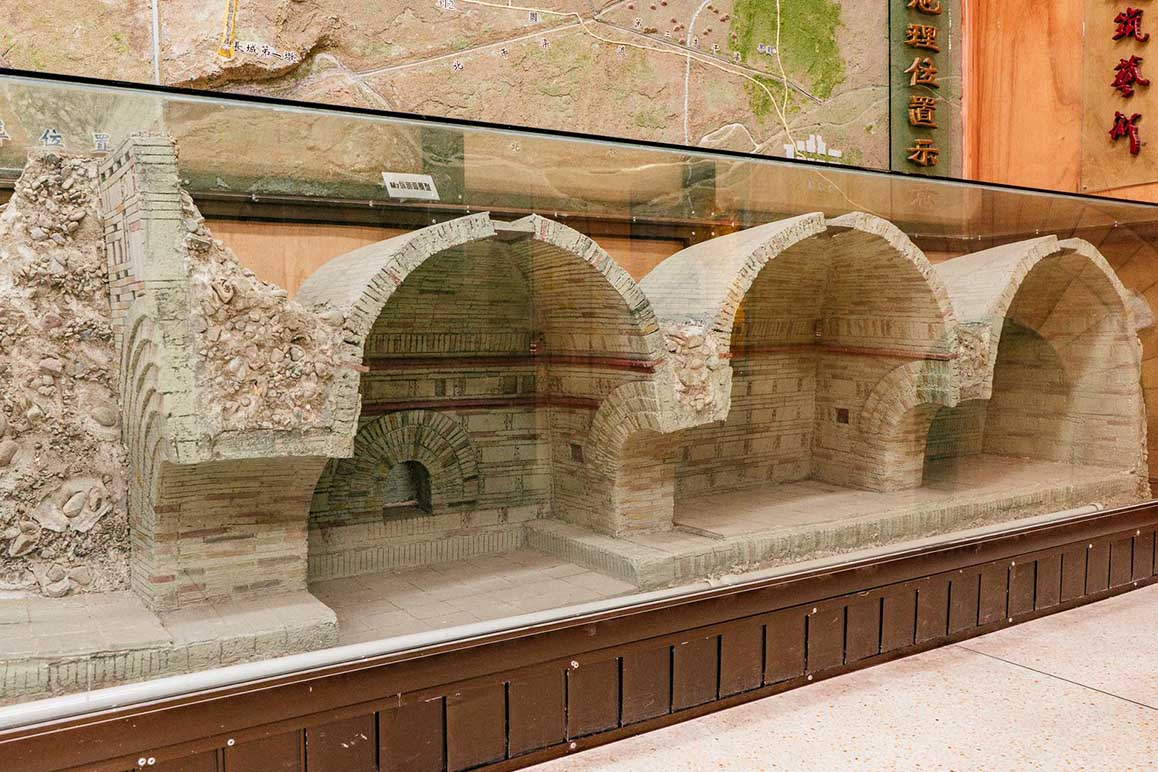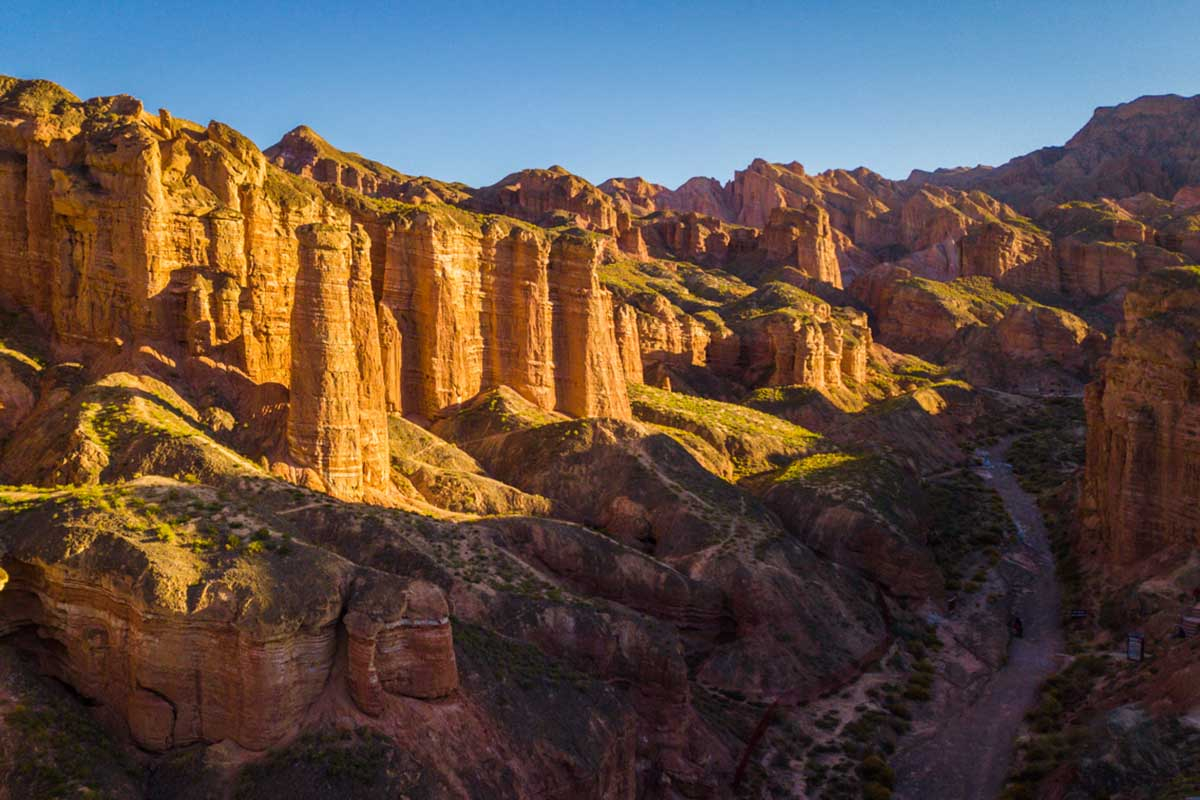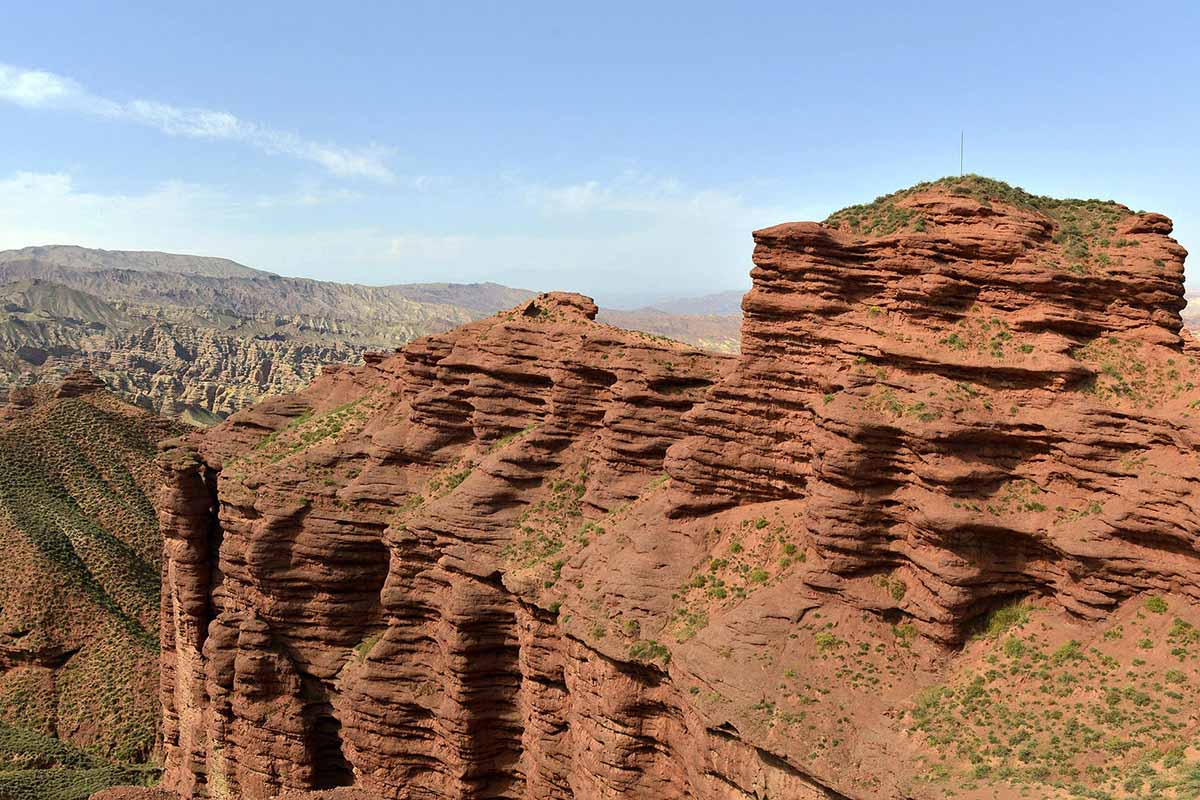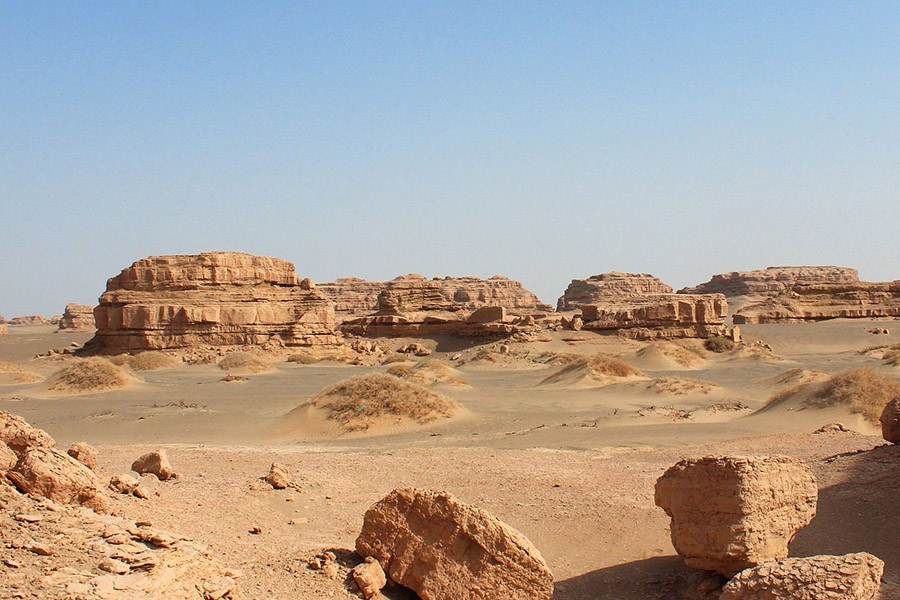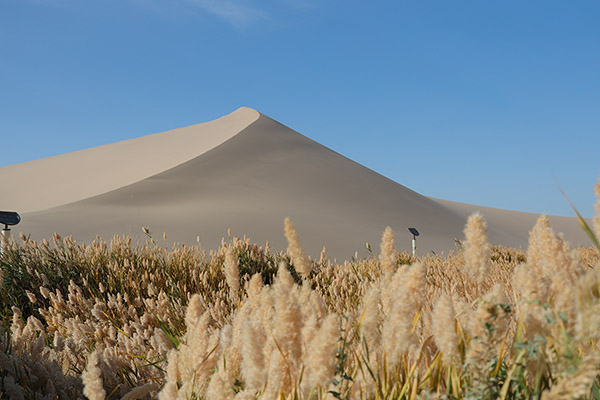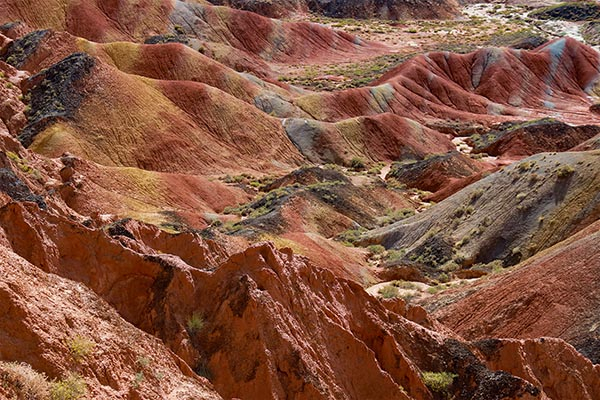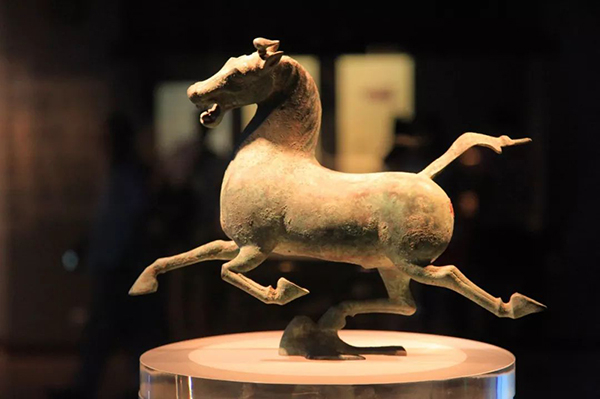Mogao Grottoes
Chinese name: 莫高窟(Mo Gao Ku)
Location:about 25km southeast Dunhuang, Gansu Province.
Ticket: Entrance ticket CNY258.00
Estimated tour time:Half day
Recommended time to visit: Jun to Aug
Nearby attractions: Dunhuang Museum, Yadan National Geological Park,Yangguan Pass, Yumen Pass, etc.
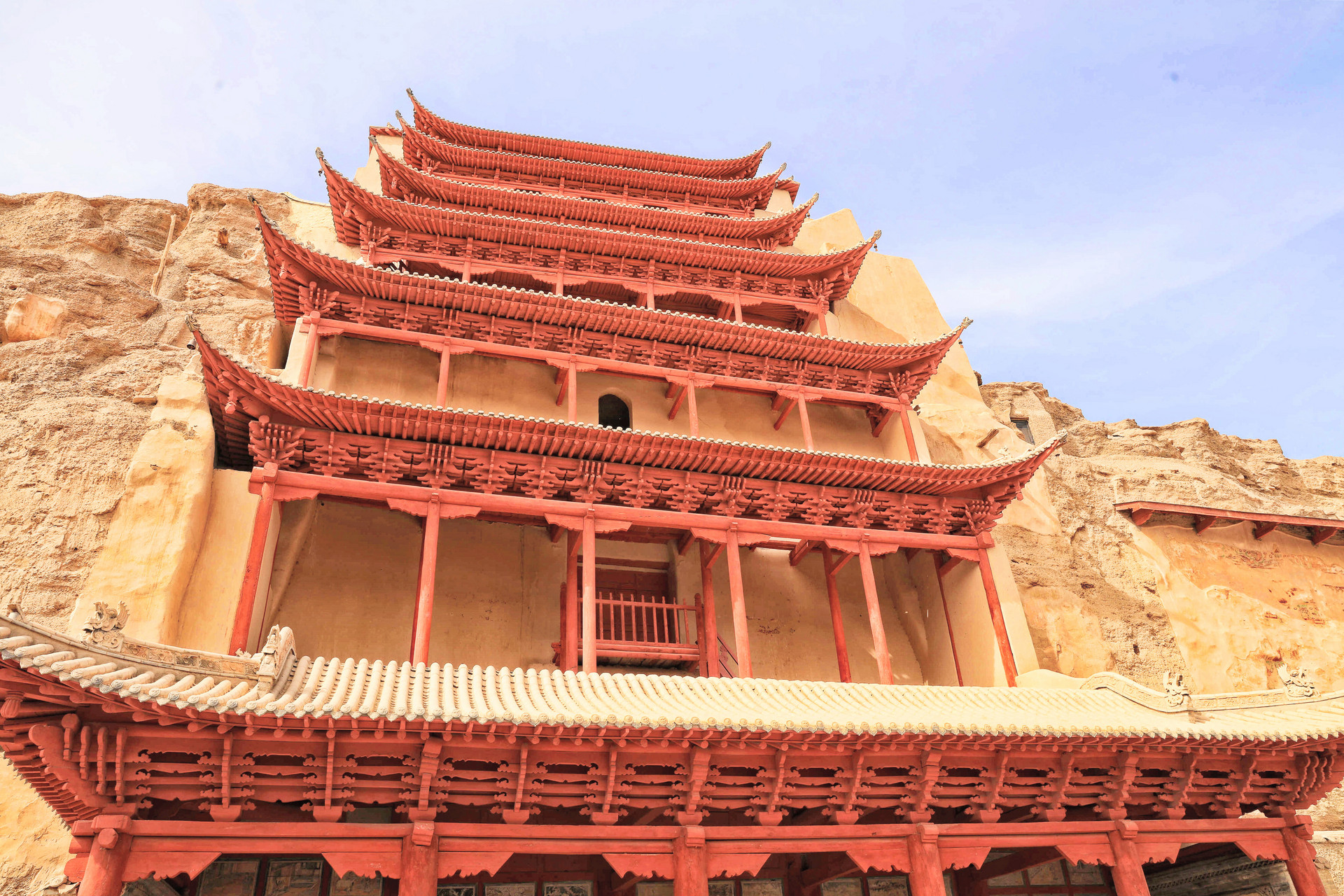
The Mogao Caves, also known as the Thousand Buddha Grottoes or Caves of the Thousand Buddhas, form a system of 492 temples 25 km southeast of the center of Dunhuang, an oasis located at a religious and cultural crossroads on the Silk Road . The caves contain some of the finest examples of Buddhist art spanning a period of 1,000 years.The first caves were dug out in AD 366 as places of Buddhist meditation and worship.
The construction started from year 366 during the Sixteen Kingdoms Period (304-439) and lasted in following dynasties for almost one thousand and five hundred years, which make Mogao Grottoes a sacred land of Buddhism finnaly. Stretching foe over 1600 meters from south to north, Mogao Grottoes still keep 735 caves well-preserved with 4.5 square meters murals, 2415 colored clay statues and more than 50,000 historical relic, the existing 735 caves can be divided into the southern area (with 487 caves) where monks held Buddhist activities and the northern area (with 248 caves) which was mainly used as a place where monks cultivated and lived as well the graveyard where monks were buried after their death. According to statistics, 492 of the 735 caves are home to existing murals and sculptures.Due to its brilliance in ancient culture, Mogao Grottoes was added to the World Cultural Heritage list by the UNESCO in 1987.
As a depository of pivotal Buddhist, Taoist, and Christian documents, the Mogao Caves provided a rare opportunity for Buddhist monks and devotees to study those doctrines. In that regard, the caves served as a virtual melting pot of Christian, Buddhist, Taoist, and even Hindu ideas in China. The discovery of the caves that served as a depository of documents from those faiths, sealed from the eleventh century, testify to the interplay of religions. The Diamond Sutra and the Jesus Sutras stand out among the scriptural treasures found in the caves in the twentieth century.
As an important strategic location on the Silk Road in the ancient times, the place Mogao Grottoes locates was not only a transfer station of east-west trade but also an intersection where oriental and western religions, cultures and knowledge met.
Hailed as the most valuable cultural discovery in the 20th century, Mogao Grottoes gets great fame all over the world for exquisite murals and sculptures. The beauty of the frescoes, wall sculptures especially the technical difference that reflects the influence of different cultures on the Silk Road make these very unique and remarkable works.Caves, murals, painted sculptures and furniture cultural relics represent the world largest collection of the greatest Buddhist art. Listed in the UNESCO since 1987, these caves comprise 45,000 square meters of frescoes, nearly 2,500 painted Buddhist sculptures, 4,000 statues of Apsara and many other treasures.
Each of the works is a unique witness of politics, economy, culture, arts, religion and ethnic relations at the time of its creation. All of its paintings and sculptures allow knowing the evolution of civilization in China but also in Central Asia.
- HOTEST
- RECOMMEND
